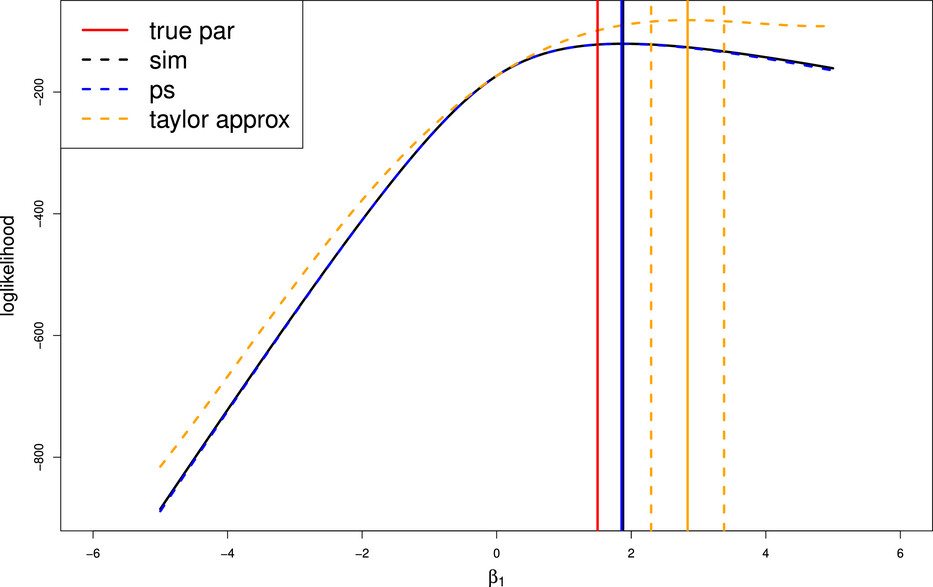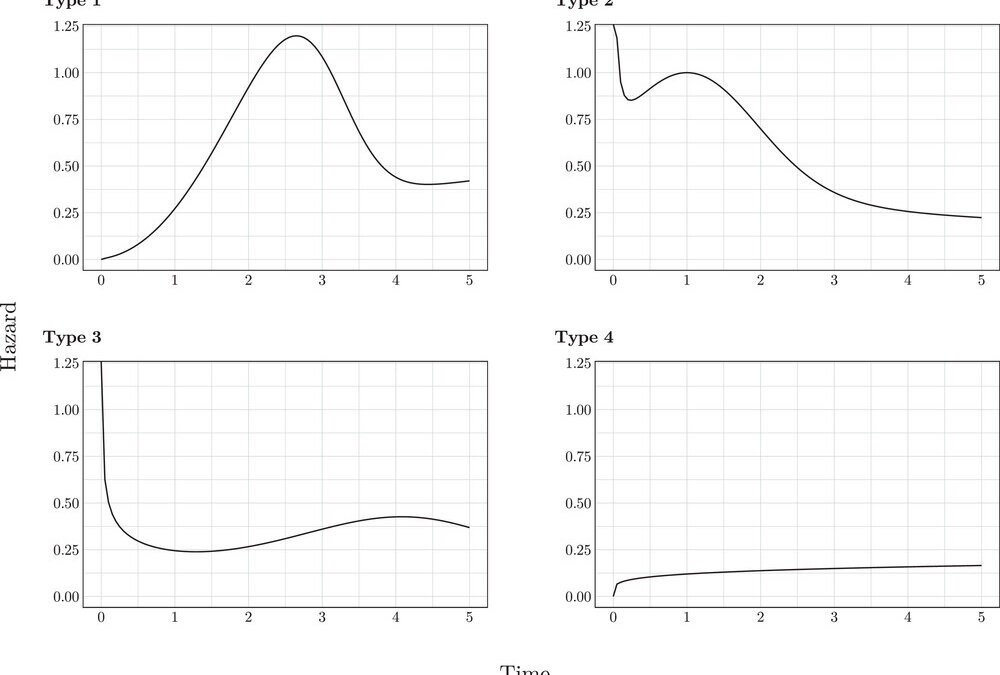
by Usha Govindarajulu | Oct 23, 2025 | Biostatistics, Blog, Usha Govindarajulu
October 22, 2025 The authors studied the approximate maximum likelihood estimation (AMLE), which has been proved to be an effective method to correct both measurement error and misclassification simultaneously in a logistic regression model, to correct biases caused...

by Usha Govindarajulu | Oct 8, 2025 | Biostatistics, Blog, Usha Govindarajulu
October 8, 2025 Mixed effects logistic regression models require individual level data. Sometimes data needs to be on the population level and it can be aggregated into counts, for example, but this could also lead to loss of other information. Federated learning...

by Usha Govindarajulu | Sep 24, 2025 | Biostatistics, Blog, Usha Govindarajulu
September 22, 2025 The authors have presented a new method to allow accelerated failure time models (AFTs) to have a flexible parametric framework and to also allow implementing mixture and non-mixture cure models. The authors aimed to introduce extensions to the...

by Usha Govindarajulu | Aug 28, 2025 | Biostatistics, Blog, Usha Govindarajulu
August 27, 2025 The authors are motivated by small sample laboratory or animal studies with non-Gaussian biomarker values and came up with a bootstrap box-cox likelihood ratio confidence interval for the median. Normally due to non-normality of data, one might...

by Usha Govindarajulu | Aug 13, 2025 | Biostatistics, Blog, Usha Govindarajulu
August 13, 2025 The authors looked at a method called survival average causal effect (SACE) for dealing with situations when continuous outcome measurements are truncated by death and cause problems for estimating unbiased treatment effects in randomized controlled...

by Usha Govindarajulu | Jul 30, 2025 | Biostatistics, Blog, Usha Govindarajulu
July 30, 2025 The authors present a new method for predictive performance assessment that works for non-parametric and semi-parametric models and can check with addition of a frailty term and also for smoothing. The predictive log-likelihood idea does not work well...






